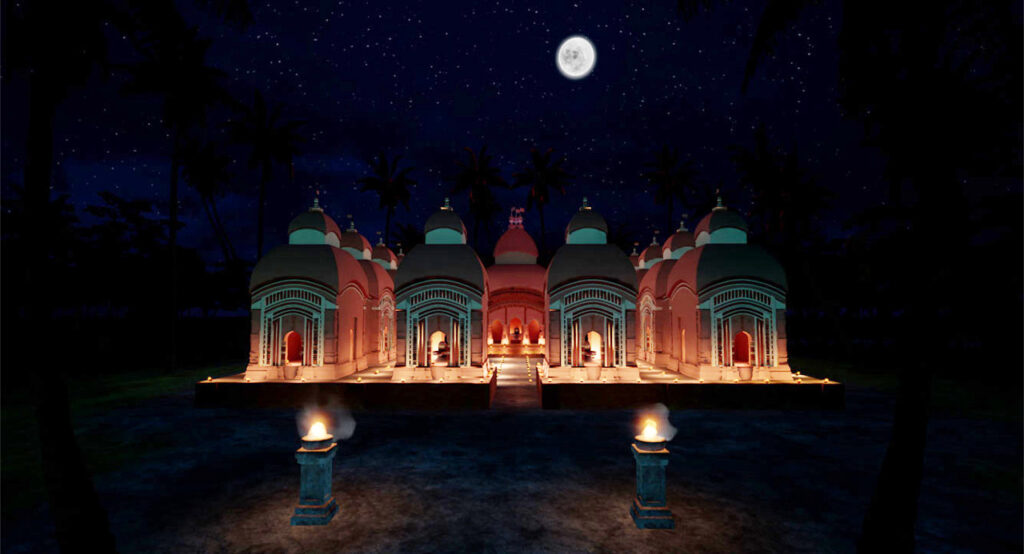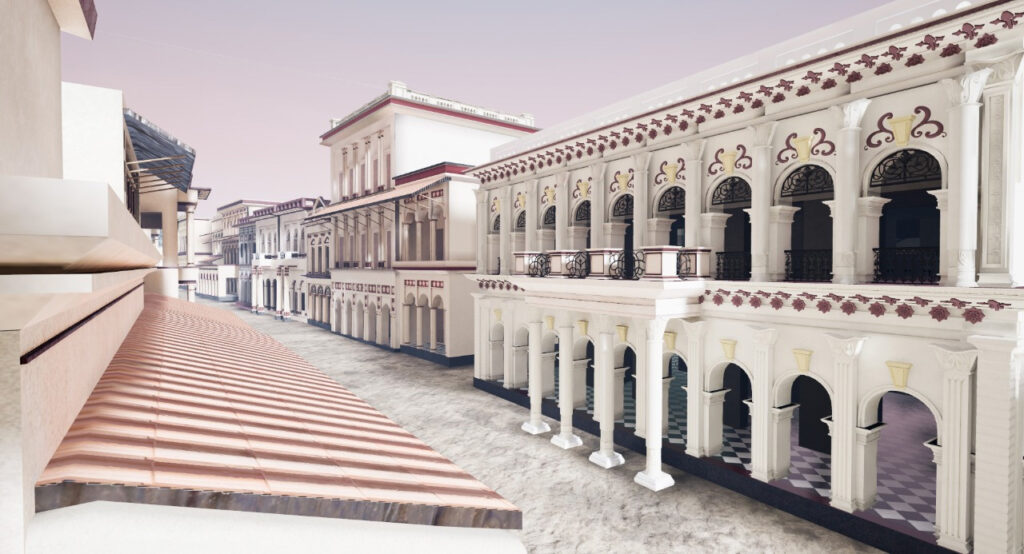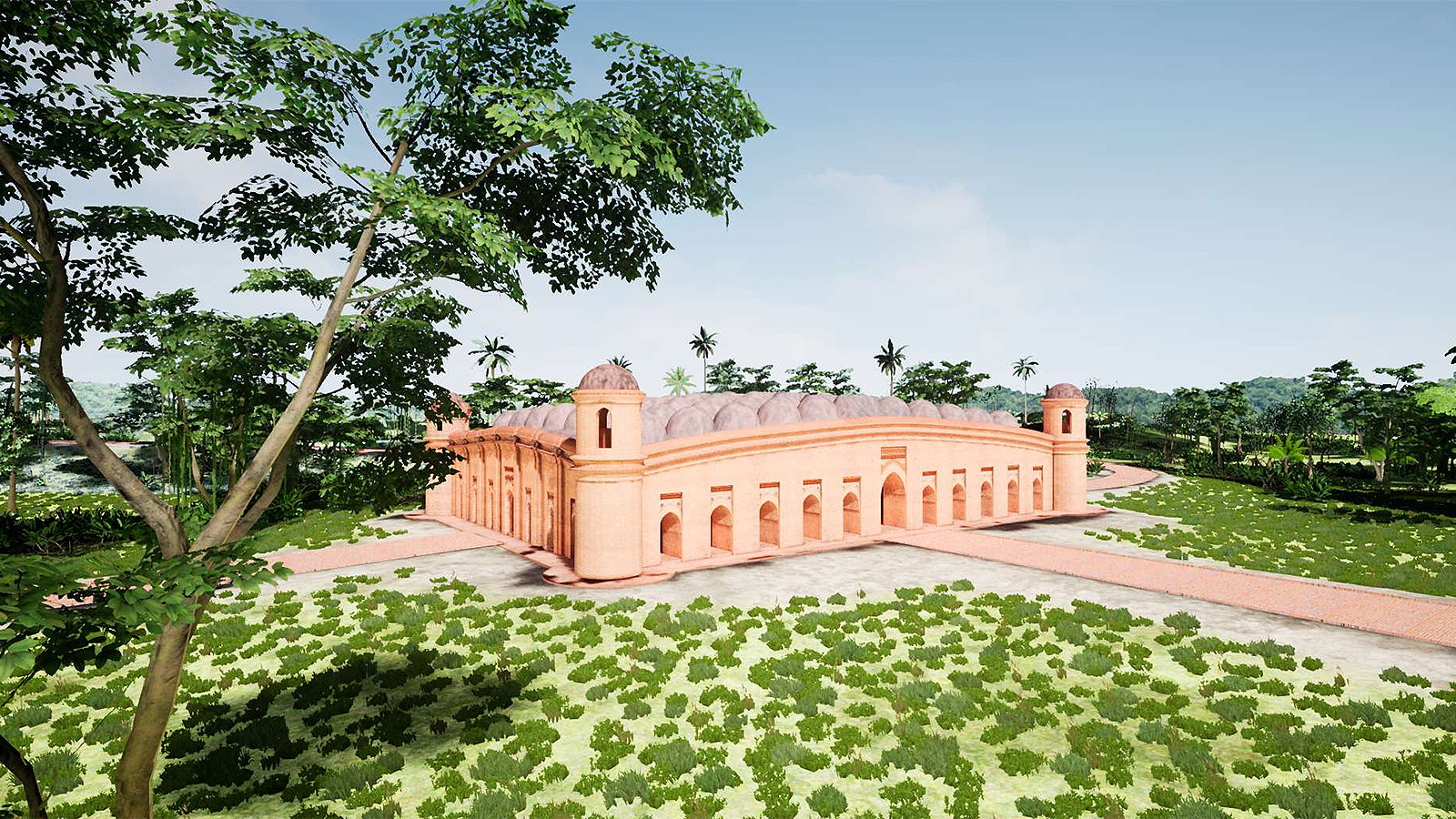With a cultural history that stretches back millennia, Bangladesh hosts no shortage of heritage sites. From the once-gilded Choto Shona Mosque in Chapainawabganj to the ancient city of Panam Nagar in Narayanganj — these spots attest to the country’s vivid past and still bear rich reminders of 13th century Bengali architecture. But no longer solely preserved in brick and stone, these monuments are now finding new life on Virtual Museum Bangladesh, a platform that invites online visitors to explore the region’s heritage via virtual reality (VR).
What happened

The legend-rich Eleven Shiva Temple is one of four sites that have been virtually recreated on the VR platform. Image: Virtual Museum Bangladesh
Unveiled earlier this week, Virtual Museum Bangladesh offers VR explorations of six of the country’s heritage sites, including the aforementioned Choto Shona Mosque, the Eleven Shiva Temple in Jashore, Baro Sardar Bari in Sonargaon, and the UNESCO-recognized Sixty Dome Mosque in Bagerhat. Produced by Bangladesh-based creative agency Expressive Communications Limited, the experience is accessible on VR headsets via an app or on desktop.
The virtual museum opens on a group of pavilions, each housing a VR experience. Within each virtual site, visitors use arrows to roam the digitally recreated grounds, and can scroll through 360-degree views. But, save for a brief introduction, these virtual explorations lack further descriptions or detailing to draw out the site’s historical significance or context. The meticulously rendered content, however, offers enough of a lush experience to be immersive.
Why it matters

While aiming to engage a global audience, the virtual museum effectively preserves historical monuments like Baro Sardar Bari in Sonargaon. Image: Virtual Museum Bangladesh
As with other such projects that have virtualized cultural heritage — from Ancient Olympia: Common Grounds to Machu Picchu and the Golden Empires of Peru — the Virtual Museum Bangladesh pulls double duty. Chiefly, it allows the country’s historical sites a broader global audience, capturing digital visitors as much as tourists stymied by travel restrictions.
Additionally, as these sites have been variously restored (the Sixty Dome Mosque and Baro Sardar Bari have seen preservation efforts, while Panam Nagar less so), Virtual Museum Bangladesh effectively preserves these historical sites and by extension, the country’s antiquity in virtual perpetuity, unmediated by a Western lens. As it builds out its educational element, the platform could potentially serve as a digital archive and an example of transportive virtual storytelling.
What they said
“We are hopeful that this flagship project will play a significant role in spreading the rich history and heritage of Bangladesh all over the world.” — Expressive Communications Limited



